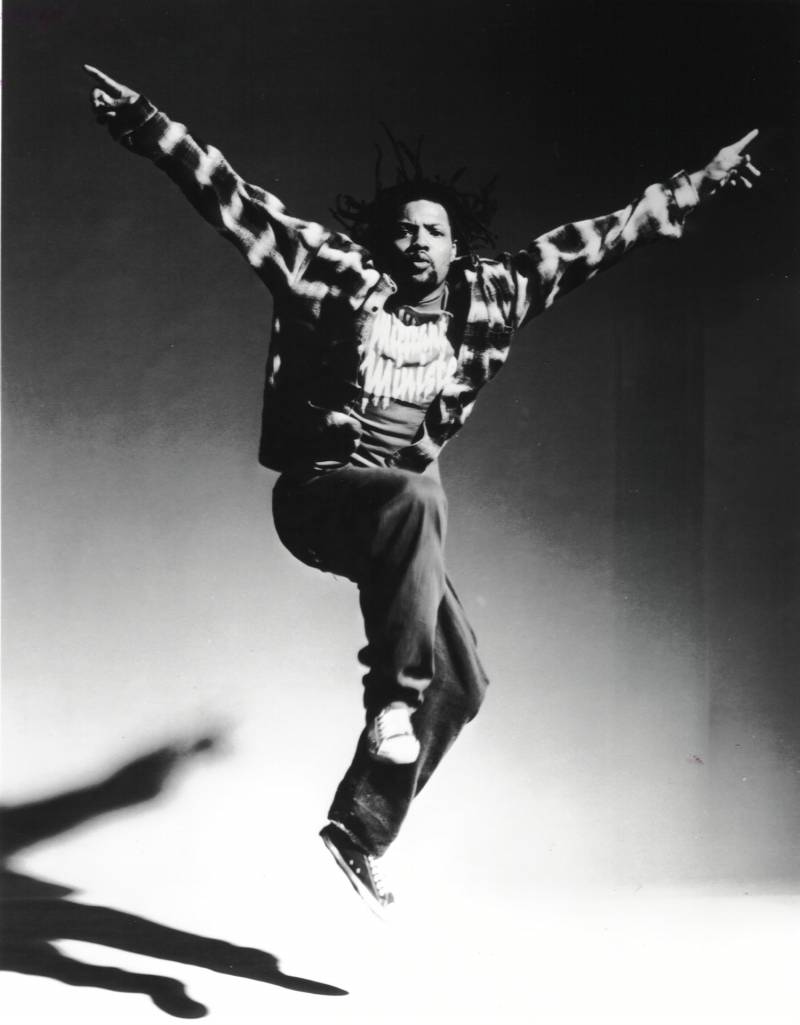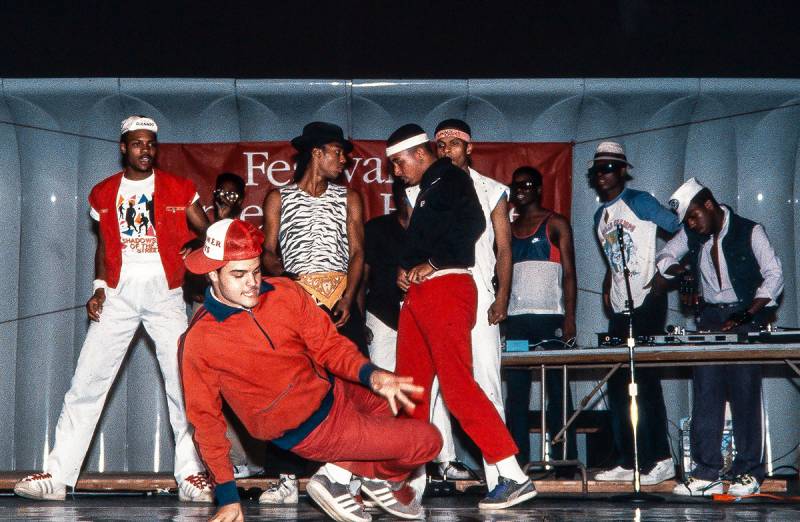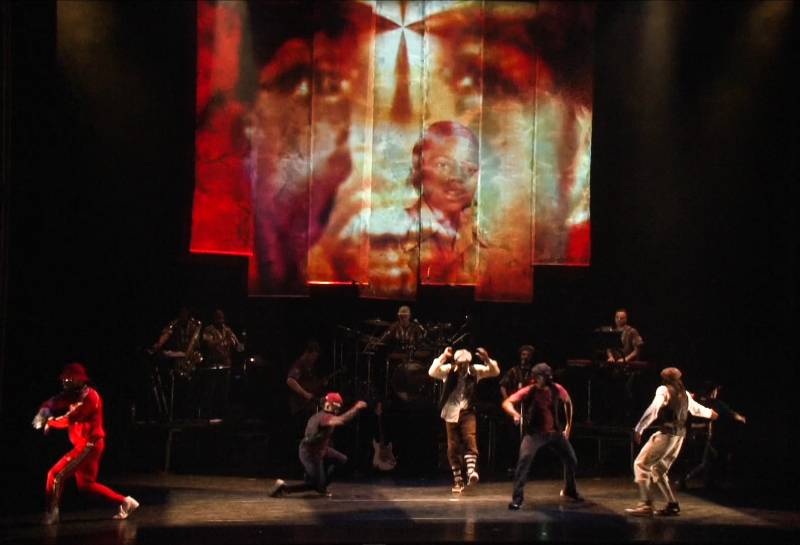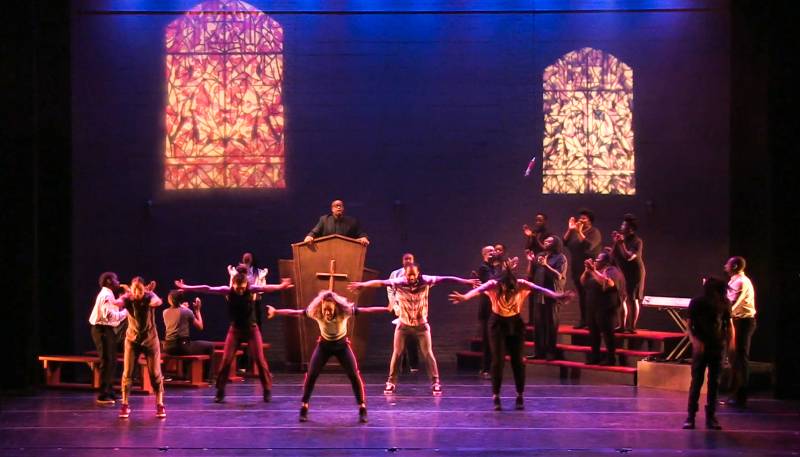If Cities Could Dance is KQED Arts’ award-winning video series featuring dancers across the country who represent their city’s signature moves.
Download English transcript.
Before Hamilton and hip-hop theater became mainstream, there was dancer and choreographer Lorenzo “Rennie” Harris, who helped pioneer the artform.
In 1992, Harris founded the country’s first and longest running street dance theater company, Rennie Harris Puremovement (RHPM). As choreographer and artistic director, he’s created celebrated works like “Rome and Jewels,” a recasting of Romeo and Juliet with rival gangs in his hometown of Philadelphia; “Facing Mekka,” an exploration of the global face of Islam; and “Funkedified,” a tribute to the funk music he came up dancing to in the 1970s.

In the 1980s, funk morphed into hip-hop, and Harris became a well-known popper and danced with the crew The Scanner Boys. He performed on the country’s first hip-hop tour, The Fresh Festival, with Run DMC, Fat Boys, Kurtis Blow, and Whodini. He also hosted the popular TV show One House Street, which rivaled Club MTV in ratings.

The eldest of seven kids raised by a single mom in North Philadelphia, Harris bounced around between life at home and the houses of his aunties and family friends. In his early solo work, he references experiences of being molested and growing up under the constant threat of violence. His approach to dance, even when creating work for concert stages, has always been about his own healing—a way for him “to see and feel God,” says Harris. With a through line in his work of spiritual enlightenment, he’s been dubbed the “High Priest of Hip-Hop” by Dance Magazine, who recognized Harris with a “Living Legends” award in 2017.



